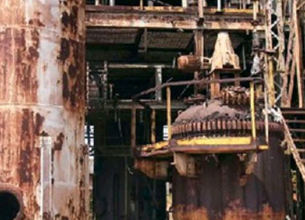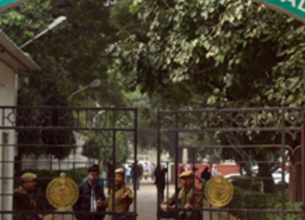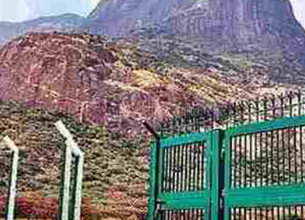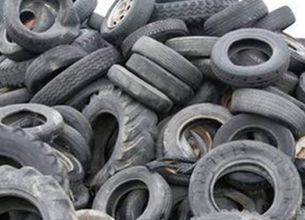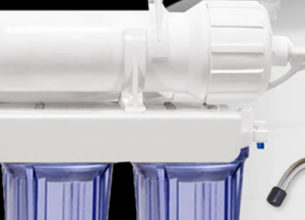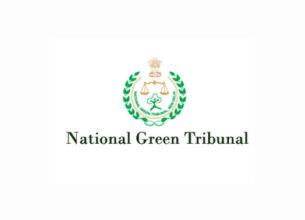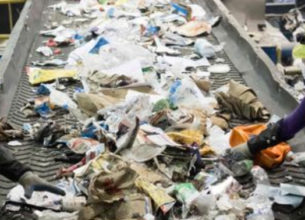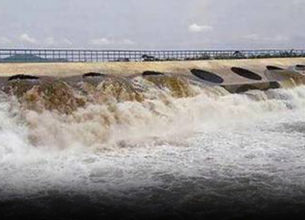PRINCIPLES OF STRICT LIABILITY AND ABSOLUTE LIABILITY
11, May 2020

Prelims level : Environmental Impact Assessment
Mains level : GS-III Conservation, environmental pollution and degradation, environmental Impact Assessment.
Why in News?
- The National Green Tribunal’s order in the Visakhapatnam gas tragedy found LG Polymers prima facie liable under the 19th century English law, Principle of “strict liability”, which was made redundant in India by the Supreme Court in 1986.
About National Green Tribunal (NGT):
- It is a specialised body set up under the National Green Tribunal Act (2010)for effective and expeditious disposal of cases relating to environmental protection and conservation of forests and other natural resources.
- NGT is mandated to make disposal of applications or appeals finally within 6 months of filing of the same.
- The NGT has five places of sittings, New Delhi is the Principal place of sitting and Bhopal, Pune, Kolkata and Chennai are the other four.
- The Tribunal comprises of the Chairperson, the Judicial Members and Expert Members. They shall hold office for term of five years and are not eligible for reappointment.
- The Chairperson is appointed by the Central Government in consultation with Chief Justice of India (CJI).
- A Selection Committee shall be formed by central government to appoint the Judicial Members and Expert Members.
- There are to be least 10 and maximum 20 full time judicial members and Expert Members in the tribunal.The Tribunal has jurisdiction over all civil cases involving substantial question relating to environment (including enforcement of any legal right relating to environment).
- Being a statutory adjudicatory body like Courts, apart from original jurisdiction side on filing of an application, NGT also has appellate jurisdiction to hear appeal as a Court (Tribunal).
- The Tribunal is not bound by the procedure laid down under the Code of Civil Procedure 1908, but shall be guided by principles of ‘natural justice’.
- While passing any order/decision/ award, it shall apply the principles of sustainable development, the precautionary principle and the polluter pays principle.
What is Strict Liability Principle?
- Under the “strict liability principle”, a party is not liable and need not pay compensation if a hazardous substance escapes his premises by accident or by an “act of God’” among other circumstances.
- The strict liability, evolved in an 1868 English case called Rylands versus Fletcher, provided companies with several exemptions from assuming liability.
- In the Visakhapatnam gas tragedy, even though the NGT directed the company to deposit an initial amount of ₹50 crore and formed a fact-finding committee, its use of the term “strict liability” has been questioned. Lawyers say the term “absolute liability” should have been used instead.
What is Absolute Liability Principle?
- The Supreme Court, while deciding the Oleum gas leak case of Delhi in 1986, found strict liability woefully inadequate to protect citizens’ rights in an industrialised economy like India and replaced it with the ‘absolute liability principle’.
- Under the absolute liability principle, the apex court held that a company in a hazardous industry cannot claim any exemption.
- It has to mandatorily pay compensation, whether or not the disaster was caused by its negligence. The court said a hazardous enterprise has an “absolute non-delegable duty to the community”.
- The principle of absolute liability is part of Article 21 (right to life).
Now what is the Implication on Vizag Gas Leakage?
- The National Green Tribunal Act of 2010 has wholeheartedly adopted ‘absolute liability’. Section 17 mandates that the Tribunal should apply the ‘no fault principle’ even if the disaster caused are an accident.
- The NGT statute Recognises only absolute or non-fault liability. That is, a hazardous enterprise is liable even if the disaster is an accident and not caused by the negligence of the company. The Act of 2010 fully incorporated the principle of 1986 Oleum gas leak Judgment.



